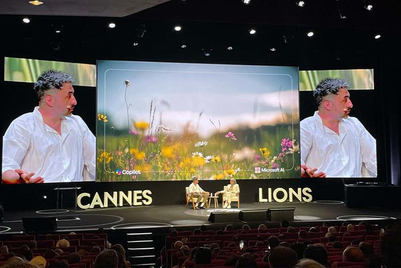
While the traditional food of Japan is renowned worldwide for its health benefits, the Japanese diet is surprisingly westernized. This has fueled concerns among the nation’s consumers, particularly women, about the negative consequences of overindulging in highly processed foods laden with fat and sugar.
It was against this backdrop that the Japanese government brought out the Food with Functional Claims (FFC) labeling system in April 2015. This voluntary setup covers a wide range of foods, including fresh items, and beverages, allowing producers to present specific health benefits on packaging.
Asahi Breweries was an early and successful FFC labeling adopter, launching Asahi Style Balance Sour Taste in June 2015. Each 350ml contains five grams of dextrin, a mainly insoluble dietary fiber that slows the absorption of fat and sugar. This non-alcoholic highball mocktail proved an instant hit among female shochu highball fans wishing to do more than simply rest their livers.
A key benefit of FFC labeling is that companies can complete the registration process in a fraction of the time and cost required for Food for Specialised Health Uses, a health claims category that went into effect in 1991. Under the latter setup, product approval might take one or two years, including clinical trials, and cost more than US$1 million.
As well as making it easier for companies to cater to health-conscious consumers, the FFC system could help them prop up demand in a maturing market for nonalcoholic beverages in Japan. While shipments of such beverages soared from 28.3 million cases in 2011 to 40.45 million a year later, they have since flattened.
Yusuke Matsuhashi, a marketer at Asahi Breweries, recalls concerns about what to do with the nonalcoholic beverages category. He says that, “While we did well bringing out pioneering products like Asahi Zero Kaku mocktail, the growth seemed to be tailing off. We realized that we had to create a completely new category, one that delivered additional health benefits beyond taking a break from alcohol. That thinking culminated in the Style Balance line.”
Asahi targeted females for Asahi Style Balance Sour Taste, as it believed that they would best understand health benefits. Matsuhashi says that, “This was because our regular research of women in their 40s and 50s revealed that they didn’t like the consequences of consuming too many fatty snacks when drinking alcohol.” Post-launch, females accounted for 65% of its sales, with women in their late 30s through 50s predominating.”
Matsuhashi notes, “a lot of women consume nonalcoholic beverages because they have no choice. It might be because they have to drive afterward or because they are pregnant or breastfeeding. We turned a negative into a positive by positioning our product as something people would welcome as truly good for their health”.
All of this made it easy for Asahi to add drugstores to the sales channel mix for Style Balance Sour Taste. Says Mikiko Hayashi, who coordinates chainstore marketing, “We’d already had some experience marketing supplements and other health products, so drugstores were a perfect fit.” Hayashi notes that Asahi also did well in approaching supermarkets and other traditional channels with cross-merchandising proposals that would pair the fat-absorbing beverage with side dishes and other prepared food items.
Having tasted success with this product, Matsuhashi says that Asahi has already begun brand extensions, rolling out lemon and grape versions earlier in 2016, and is now looking to further broaden the lineup to attract and retain repeat purchasers. When the lineup is broader, says Matsuhashi, “We’ll be well placed to boost brand recognition even further and keep finding favor among female consumers.”
Translated from Japanese by Mark Darbyshire
 English-language case studies from Japan are few and far between. In partnership with AdverTimes, a domestic marketing-industry publication, we aim to offer a better understanding of the type of work that resonates in the country. English-language case studies from Japan are few and far between. In partnership with AdverTimes, a domestic marketing-industry publication, we aim to offer a better understanding of the type of work that resonates in the country. |


.jpg&h=334&w=500&q=100&v=20250320&c=1)


.png&h=334&w=500&q=100&v=20250320&c=1)




.png&h=334&w=500&q=100&v=20250320&c=1)





.png&h=268&w=401&q=100&v=20250320&c=1)
.png&h=268&w=401&q=100&v=20250320&c=1)

